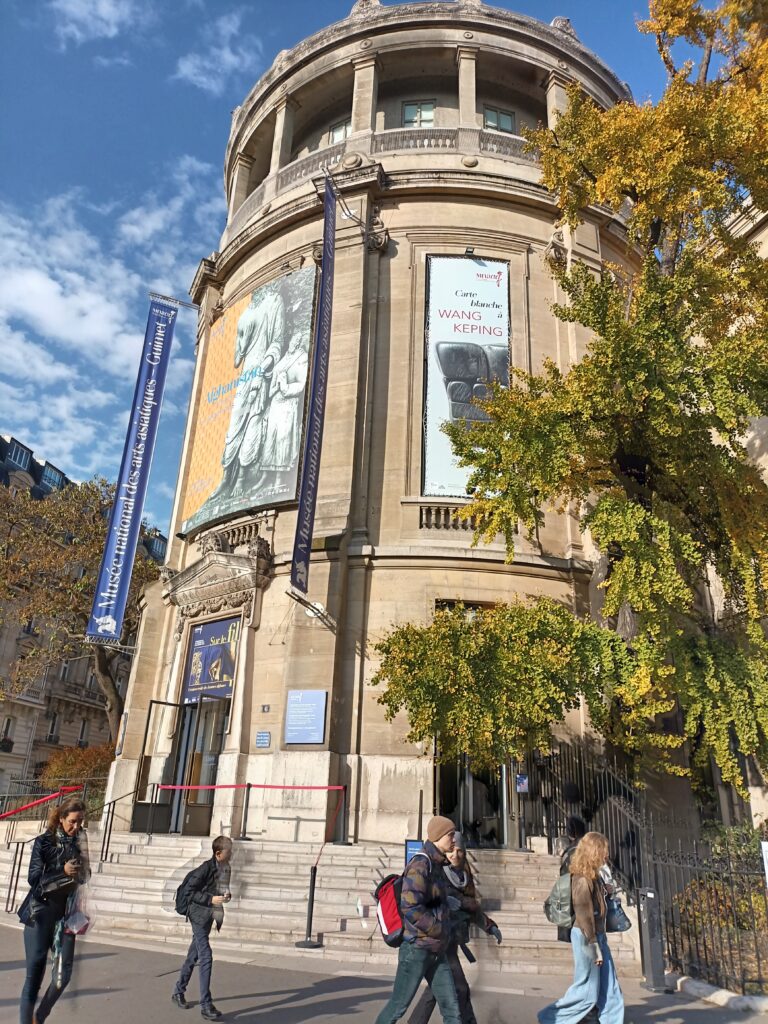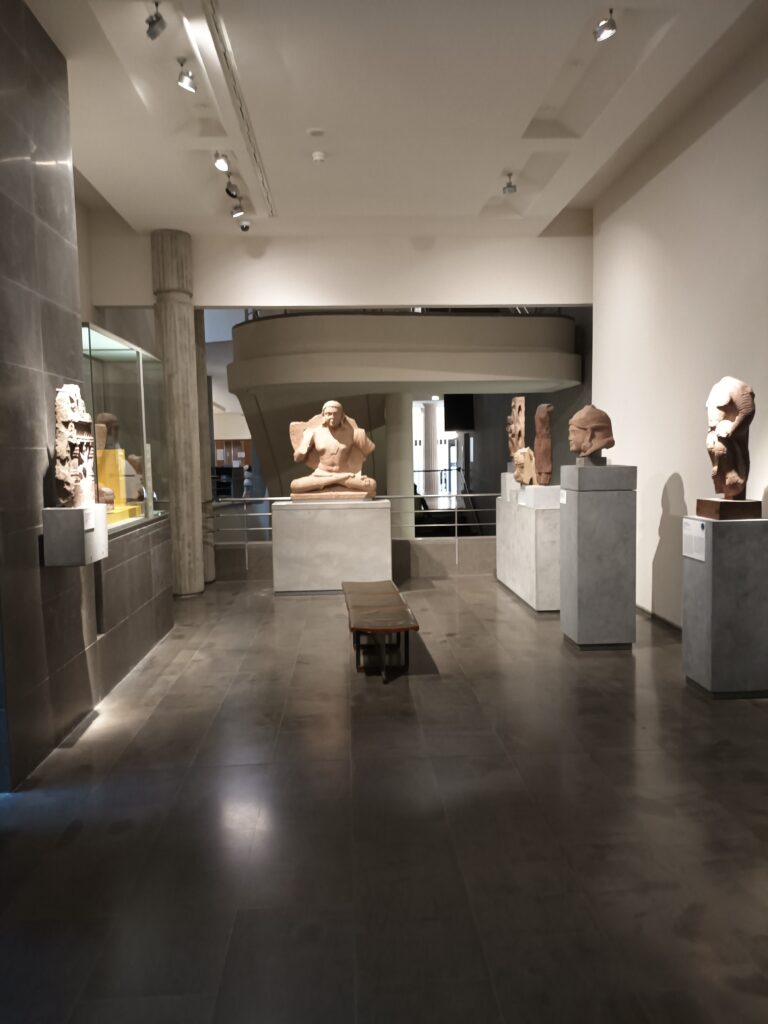An Indianised World: objects define the narrative; Asian Collection from the Musee Guimet, Paris (Shambwaditya Ghosh, India, Senior Fellow 2015)
Written by Shambwaditya Ghosh, PhD Scholar, University of Delhi (India, ITP 2012, Senior Fellow 2015)
Objects are not only the material remains of the past. It is evidence which decides the interpretation of the past. Since we are not able to make a direct connection with the past as time is not reversible. Therefore, we take help from objects to define the past and how it was. As it has been said many times that every civilisation produces materials both in tangible and intangible forms. The intellectual product of any civilisation is coded in texts, myths, folklore and the school thoughts where objects are considered as an artistic expression of civilisations.
Therefore, to understand any civilisation and its role in the history of human existence, objects are the first point of interaction. We try to be impartial while interpreting objects, but the first point associated with any object is our emotions. Thus, it is essential to be impartial while interpreting any objects. Here the reason is to tell a story through objects. Its life history – from its production to its contemporary presence. These changing histories of objects provide different contexts for their understanding. Not only limited to its material and artistic qualities. We must understand this universal value of objects without confining them to boundaries.
In the discussion of decolonisation, we are looking at objects with a new perspective, explaining them in a new light of interpretation. However, this question of colonisation is quite tricky as we see colonisation as a modern European phenomenon. What if the same colonisation process also existed in the ancient world? Do we interpret ancient colonisation in the same parameter? Is our interpretation having the same line of explanation? Alternatively, we glorify it because it is beyond our extended memory. Let us see What objects say about it?

I have received this year’s ITP research grant for work at the National Museum of Asiatic Arts, commonly known as Musee Guimet in Paris. Musee Guimet is one of the best repositories of South and South-East Asian archaeology and arts. I am providing the link for a brief history of the museum. Otherwise, this blog will be lengthy. I will give you a glimpse of how objects support a narrative type that promotes specific ideas and thoughts.
As I said, the collections are mainly from Asian civilisations. The name of the museum justifies it. In this context, there are objects from China, Japan, Korea, Central Asia, and South and South-East Asia. Within this, the highlight of the displays is from South and South-East Asia. The objects are religious and secular, mainly sculptures, stucco figures and metal.

Now the crucial part is how the display was arranged. There are galleries based on regions like India, Pakistan-Afghanistan, Nepal, Tibet, and Indonesia. However, these territorial boundaries are not strongly demarcated per current political geography. The display flows based on two main themes one is Buddhist, and the other one is Brahmanical (known as Hindu). Thus, the objects create a linear narrative of how these two religions spread across the continent and created diverse examples of art and material culture. The idea was to find out the ‘common’ within this vast landscape, different periods of history and the movement of people for trade, commerce, livelihood and, of course, the religious mission.
One can identify that even though the objects appear different in terms of their materials and treatment, the theme remains the same. Moreover, they are part of the pantheon of these two religions. Here the ‘idea of India’ is central, and the narrative is to explain the characteristics of Indic civilisation. It will be simplified to say that all these objects are artistic expressions of devotion. However, do we also need to think that there was intellectual dominance over these artistic expressions?

Therefore, what should we call this narrative? Is it only a movement of people getting inspired and creating a new language of art? Or do all these objects tell a story of how the Indic civilisation covered a large territory with its art, philosophy and thought? I want to get your opinion on this.
